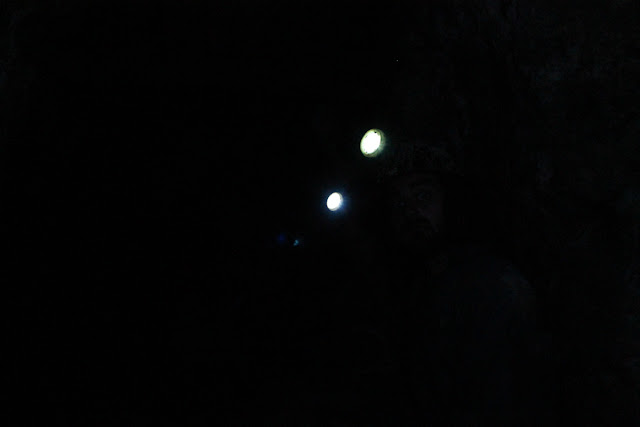Y de Sucre a Potosí. Buffffff…. Potosí… la Ciudad de la Plata, tan deseada por españoles y europeos, y qué pronto les dejamos sin ella. Algunos dicen que con toda la plata extraída de sus minas, se podría construir un puente desde Latinoamérica hasta Europa. Nos preguntaban qué hicimos con el oro y la plata que nos llevamos de allí. Nosotros siempre les decíamos lo mismo, "Nunca la vimos. No sabemos quién la puede tener..."
Pero volviendo al tema de las minas… antes de llegar a Potosí debatimos sobre esto:
- Opinión 1 - Hay personas que piensan que no es ético visitarlas porque un lugar de trabajo no debería ser un centro turístico, y porque al final aquello parece un zoológico.
- Opinión 2 - Si no se visitan, nunca se conocerá la realidad que viven los mineros. La cuestión radica en qué clase de turista seas y las ganas que tengas de aprender.
What can we say about Potosí. The highest city in the world! It used to be the most important city for the Spanish due to it's silver mines. Locals told us that there had been so much silver extraction since the spanish colonization, that a bridge forged in the same silver could have been built to connect the old and new worlds. Lots of people also asked us "what happened to all that silver and gold?" we always answered "we sure as hell haven't seen any of it… pity too."
Before we go on further, we need to talk about an important question about the Potosí mines, which you can actually visit.
- Opinion 1: Some people think it's not ethical, as a mine is a real working place, there for, there shouldn't be touristic visits to the mines. Who wants a place like that looking like a zoo.
- Opinion 2: Other people think that it's important, not only because there is an economical benefit, but also because tourist get to see and feel the real extreme conditions these miners work in. How can the world know about this if no one ever visits the mines?




